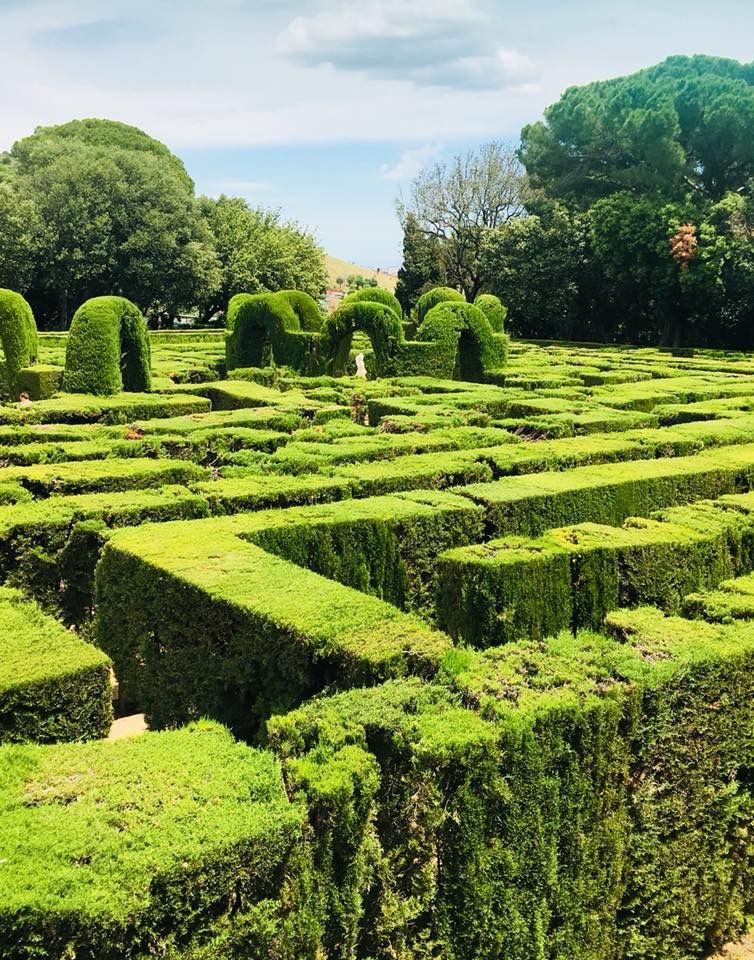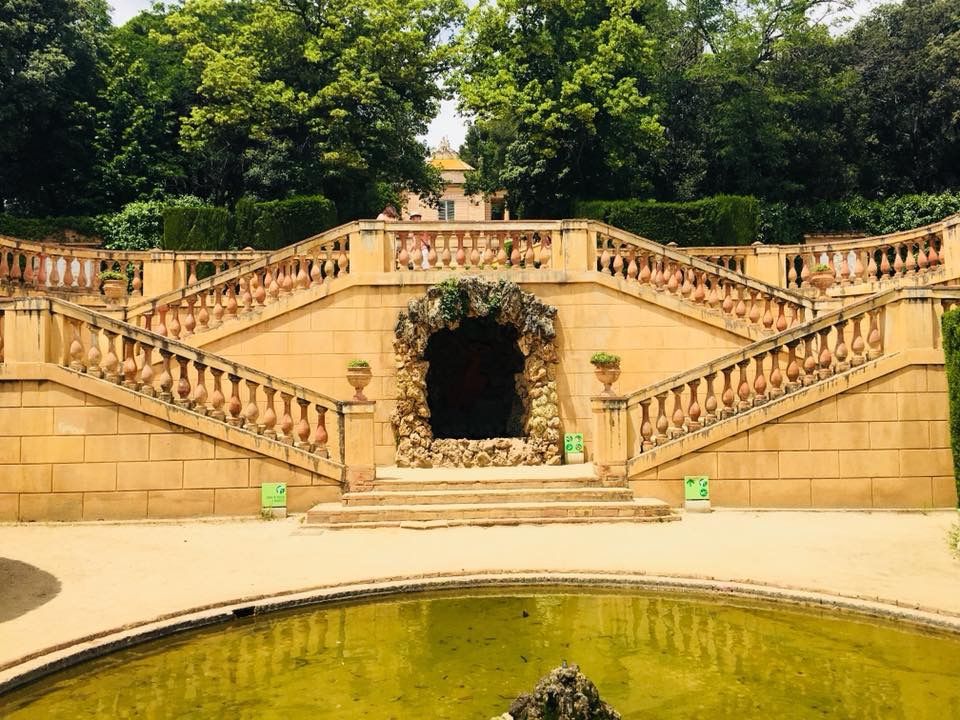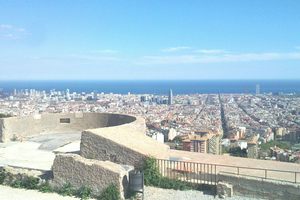About
The archetypical hedge maze sitting in the center of Barcelona's Parc del Laberint d'Horta (Labyrinth Park of Horta) is one of the city's hidden gems, having delighted visitors for centuries making it the oldest garden in the city.
Work on the labyrinth and the surrounding gardens began in 1791 as part of a wealthy estate owned by the Desvalls family. The maze and its attendant Italian-inspired terraces were part of the original construction that is today known as the Neoclassical section of the park. The majority of the rest of the park was created in the mid-1800s, and is now known as the Romantic portion, however as the name implies, it is the central labyrinth that really steals the show.
The tall manicured hedge walls of the maze create over 2,000 feet of twists and turns for visitors to get lost in. Anyone who makes it to the center will find a statue of Eros, Greek God of Love, implying that the romantic part of the garden existed even before any expansion. There are also pavilions that overlook the maze and feature their own statues of Greek gods, and a picturesque pond at one end.
The gardens were given over to the city of Barcelona in the 1960s and are now a public park. Since it is set off from the regular tourist strips, the Horta labyrinth remains a magical little secret for those willing to get a little lost.
Related Tags
Know Before You Go
The powers that be charge a modest entrance fee – €2.23, or free on Wednesday and Sundays – and only let in 750 visitors a day.
Community Contributors
Added By
Published
March 4, 2015
Sources
- http://www.tourist-barcelona.com/default66.asp?view=barcelona-attractions/labyrinth-park
- http://en.wikipedia.org/wiki/Parc_del_Laberint_d'Horta
- http://w110.bcn.cat/portal/site/MediAmbient/menuitem.0d4d06202ea41e13e9c5e9c5a2ef8a0c/?vgnextoid=2598b9255ea6a210VgnVCM10000074fea8c0RCRD&lang=en_GB
- https://miniguide.co/place/laberint-dhorta








































































